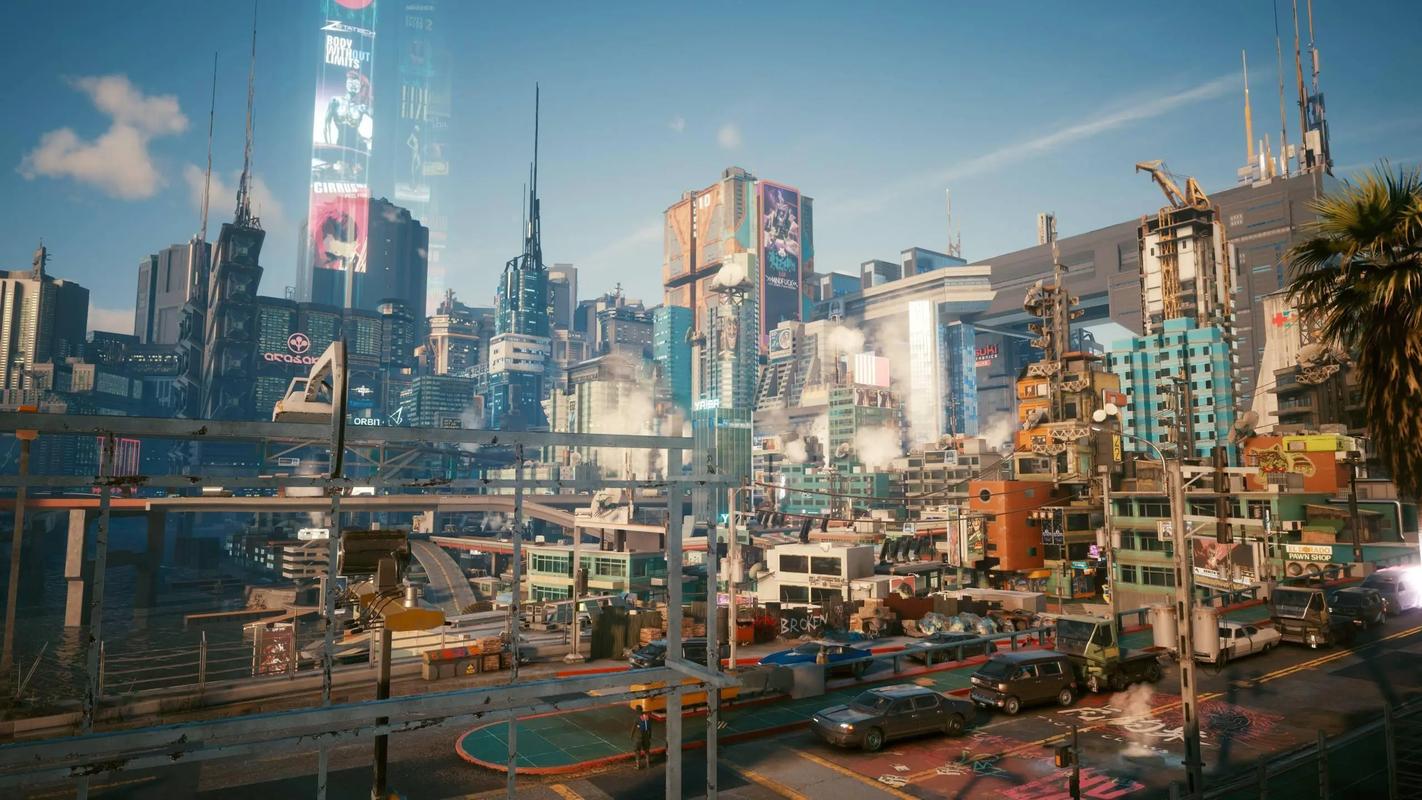Of all the controversial entries in the storied Metal Gear franchise, Metal Gear Survive stands out for its radical departure from pure stealth-action into the realm of survival-crafting. Love it or loathe it, the game presents a brutal and unforgiving world where your greatest enemies are not the crystalline Wanderers, but the ever-dwindling meters of your thirst and hunger. Mismanage these, and your journey in Dite will be brutally short. Mastering them is the key to unlocking the game's deeper mechanics and, ultimately, survival.
This guide provides comprehensive, in-depth tips on managing your thirst and hunger, transforming this constant struggle from a burdensome chore into a manageable, even rewarding, core gameplay loop.
Understanding the Core Mechanics: More Than Just Meters
First, it's crucial to understand what these stats truly represent. Your thirst and hunger are not just timers counting down to your death. They are intrinsically linked to your entire capability as a survivor.
- The Hunger Meter: When your hunger meter drops to zero, your maximum stamina begins to rapidly deplete. A starving character cannot sprint, perform heavy attacks, or dodge for more than a second. You become sluggish and vulnerable. Let it deplete completely, and you will start taking constant health damage until you die.
- The Thirst Meter: The effects of dehydration are even more immediate and severe. At zero thirst, your maximum health begins to drop. Your vision will blur, making aiming and precise movement difficult. Like hunger, it will eventually kill you directly.
Furthermore, both stats influence your Stamina Recovery Speed. A well-fed and hydrated character will see their green stamina bar refill almost instantly, while a malnourished one will wait agonizingly seconds for it to creep back up. In a game where a single dodge can mean the difference between life and a game over, this is critical.
Phase 1: Early Game Survival (The Scavenger's Struggle)
The opening hours are the most challenging. You have no base, no sustainable resources, and everything is scarce.

1. Prioritize Exploration and Water: Your very first priority, even before food, is finding a stable water source. Listen for the distinct sound of running water. Creeks and rivers are your lifeline. The first map has several. Do not leave a water source without drinking until your thirst meter is completely full. Your canteen is small early on, so "drinking in the field" is often better than trying to carry little water with you.
2. Hunt and Gather Relentlessly: Animals are your primary source of food early on.
- Goats provide Raw Meat. They are common and relatively easy to hunt with a bow or spear.
- Boars are more dangerous but yield more meat.
- Birds (like chickens and turkeys) are a great source of Eggs, which are a solid food source.
- Rats can be killed for small bits of meat in a pinch. Never ignore them.
3. COOK EVERYTHING! This cannot be overstated. Eating Raw Meat or Dirty Water is a catastrophic mistake. It will immediately inflict you with Food Poisoning or Diarrhea, which rapidly drains both your hunger and thirst meters, creating a death spiral from which it is hard to recover. Always cook meat on a campfire or portable cooker to create Grilled Meat, and purify dirty water in a pot to get Clean Water.
4. Utilize the Campfire: Your personal campfire at your initial base camp is your best friend. Use it to cook all your meat at once before a journey. Carry 5-10 pieces of Grilled Meat and as much Clean Water as your canteen allows for any significant expedition.
Phase 2: Mid-Game Sustainability (The Farmer's Foundation)
Once you've established your base camp and started building up your crew, you shift from pure scavenging to creating a self-sustaining operation.
1. Build Farms IMMEDIATELY: The single most important thing you can do for long-term survival is to build Vegetable Gardens and a Goat Pen in your base.
- Vegetable Gardens: Grow Potatoes and Corn. These vegetables are the backbone of efficient hunger management. They are easy to grow in bulk and have excellent hunger-to-weight ratios, meaning they fill you up without taking too much inventory space.
- Goat Pen: This automatically generates Goat Cages over time. You can then "harvest" these for a steady, renewable supply of Raw Meat without ever leaving your base. This is a game-changer.
2. Advanced Cooking and Recipes: Don't just stop at Grilled Meat. Use your Soup Pot to create meals that provide powerful buffs.
- Vegetable Soup (Potato + Clean Water): Satisfies both hunger and thirst significantly. The ultimate all-in-one survival food.
- Multi-Ingredient Meals: Experiment with recipes like Grilled Skewers (Meat + Vegetable) or Porridge (Corn + Clean Water). These often provide better hunger restoration and sometimes even temporary stat boosts like increased health or reduced stamina consumption.
3. Upgrade Your Gear: Research and craft the Improved Canteen and later the Advanced Canteen. This dramatically increases the amount of water you can carry, meaning fewer frantic searches for a river during long treks into dangerous territory.
Phase 3: Late Game Mastery (The Gourmet's Guide)
By the late game, managing thirst and hunger should be almost second nature, allowing you to focus on the endgame content.
1. Optimize Your Diet for Buffs: You should no longer be eating just to survive, but to gain a tactical advantage. Before a big boss fight or a horde defense (Wave Mode), consume high-tier meals that provide powerful, long-lasting buffs.
- Meals with Health Buffs: Certain recipes will temporarily increase your maximum health.
- Meals with Stamina Buffs: Others will reduce stamina consumption for sprinting and attacking. This is incredibly valuable.
2. Automated Production: With a full crew assigned to the Food & Agriculture team, your farms and animal pens will produce resources at a much faster rate. You will have a surplus of ingredients, allowing you to mass-produce the best recipes without a second thought.
3. Exploration Becomes Leisure: With a full inventory of Vegetable Soups, Advanced Grilled Skewers, and an Advanced Canteen, you can explore the entire map without ever worrying about your meters. This freedom allows you to tackle side quests, hunt for Kuban Energy, and engage Wanderer hordes on your own terms.
Advanced Tips and Common Pitfalls
- The Weight vs. Nutrition Balance: Heavier food items like large quantities of meat can weigh you down, impacting your stamina. Vegetables are lighter. Find a balance that works for your playstyle.
- Check Your Status Effects: Always keep an eye on the top-left corner for icons. The icons for hunger and thirst appear long before the meters hit zero, giving you ample warning. More importantly, watch for the poison icon that means you've consumed something bad.
- Don't Hoard, Consume: There's no benefit to saving your best food "for later." If you're hungry, eat. The buffs from good food will make your current task easier and safer, which in turn helps you gather more resources.
- Use Base Camps: In the later maps, establish forward base camps with their own cookpots and water purifiers. This creates safe havens to restock without returning to home base.
In conclusion, thirst and hunger management in Metal Gear Survive is not a peripheral mini-game; it is the core challenge around which all other activities revolve. By progressing from a desperate scavenger to a master farmer and chef, you turn the hostile world of Dite from an insurmountable obstacle into a conquered domain. Embrace the grind, master the systems, and you will not only survive—you will thrive.














